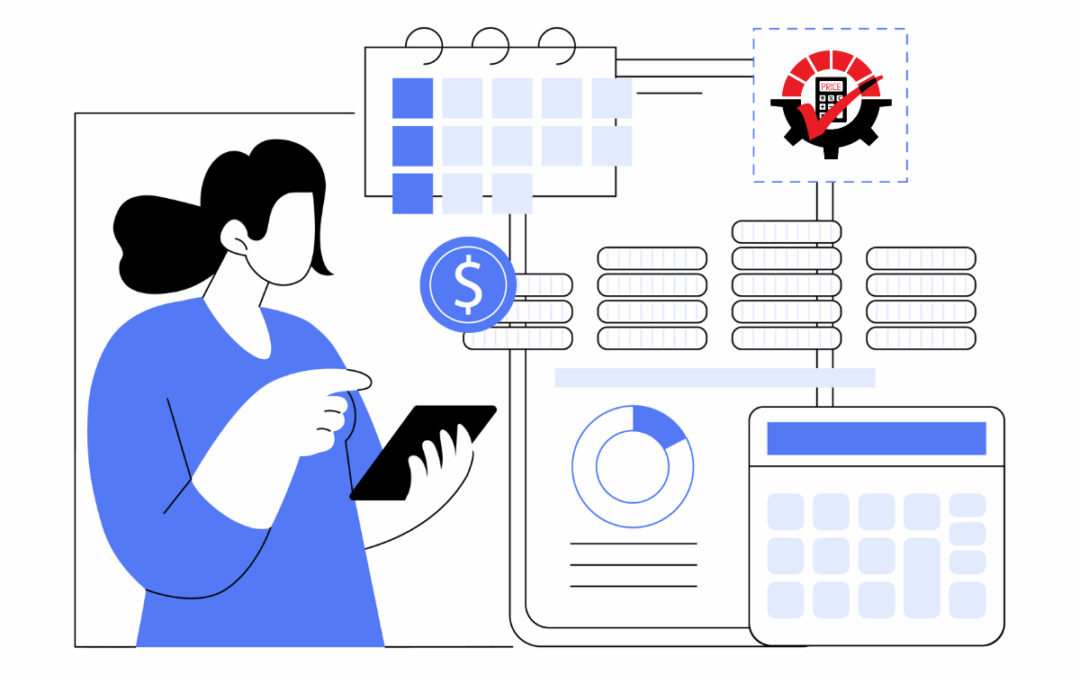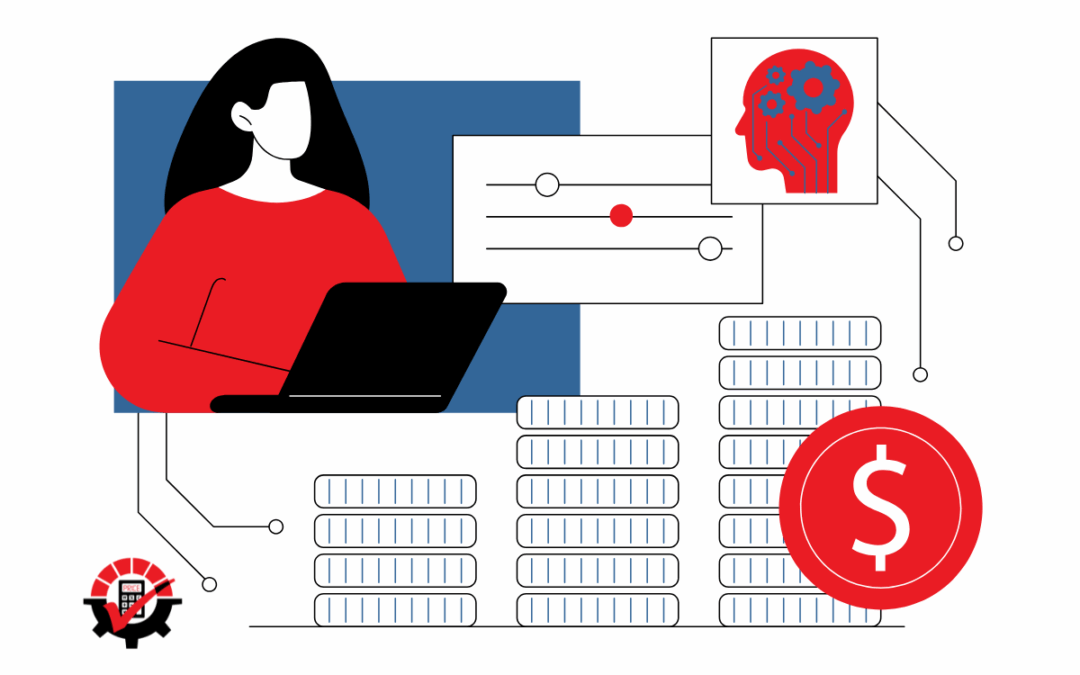The COVID-19 pandemic changed the world. Not only did businesses have to adapt to a reduced contact world, but they also had to figure out how to stay above water while inflation, supply chain issues, new market demands, and heavy competition pulled them down. To increase profits post-pandemic, dynamic pricing could be your biggest asset. We’ll break down how to use dynamic pricing to your advantage in a fast-changing competitive market.
Why is Dynamic Pricing the Answer for a Competitive Market?
First, what is dynamic pricing? This pricing strategy involves adjusting prices in real time based on factors such as demand, competition, and customer behavior. Small adjustments to prices can provide businesses with immediate, significant results. When you adjust prices to demand and market conditions, as in dynamic pricing, businesses can maximize revenue and profit. In addition, optimizing your prices using data analytics and real-time information can encourage more customers to pay more.
What Can You Do to Stay Competitive and Grow Your Business?
Now that you know what dynamic pricing entails and what factors are involved, let’s go into how you can use dynamic pricing to grow in an ever-changing competitive market.
Watch Your Competitors
Your customers are doing it, so why shouldn’t you? According to PricewaterhouseCoopers (PWC), 55% of consumers use Amazon to compare prices. On top of that, there are numerous price tools out there ready to compare prices on hundreds of websites for one product in a matter of seconds. Consumers are constantly looking for the lowest price.
That’s why it’s essential to monitor and analyze your competitors’ prices. You can employ web scraping bots along with a reliable proxy provider to truly know what your competitors are up to. Doing so can help you answer:
- Which products are selling the most and which aren’t?
- What products have a higher margin?
- How often do they change their prices?
- Which products are sold out or unavailable?
Now, be careful about following your competition exactly. You don’t know what their bottom line is and their overhead costs. So, to be sure you are not dipping into your own profit margin, Rockton Pricing Management can give you a simple “yes” or “no” response.
Adjust Prices According to Demand
In school we learned that prices follow the demand. The higher demand, the higher the prices and vice versa. But for kicks and giggles, let’s say you don’t want to adjust prices like that. In that case, because your prices would be lower than what the demand dictates, the result could be selling out completely. Though that sounds like a good thing, it’s not when today’s consumers have the want-it-right-now mentality. Dynamic pricing, or adjusting prices according to the demand, can help keep sales consistent, and your inventory in stock. To adjust prices with ease, use RPM! Seamlessly connecting our pricing tool to your platform (GP, Acumatica, or Business Central) will give you the capability to change prices on select items, upload the revised price sheet, and RPM will do the rest, updating your prices across all your platforms automatically.
Test, Test, Test Some More… Then Refine
Dynamic pricing is both art and science, which means you must use a test-and-learn approach to get the right price. Here’s a few tips to test different prices without losing customers:
- Create an A/B test on pilots in just one product category or region.
- Assume that the first price you try will not succeed.
- Establish how you will track the progress, measure the impact, and make quick adjustments when needed.
- Communicate with your customers about why the higher prices. Be clear and transparent — no sneaky business.
If you need assistance quickly adjusting prices for a certain product or customer, then Rockton Pricing Management can help do just that and apply those prices for a period of time. No need to worry about turning those prices on and off. Then, with its historical data, you can see which price did better.
Accurate Data is Key to Getting the Right Price
Bad inputs can cripple even the best dynamic pricing strategy. To keep that from happening, we highly recommend hooking up a tool to your ERP system that can do the calculations for you automatically. Rather than using calculators and spreadsheets to do the math, Rockton Pricing Management does that for you on the backend. To see how RPM configured that price, you just need to click on it, and it will give you all the calculations used to come to that price.
Stay Agile and Responsive with Rockton Pricing Management by Your ERP’s Side
Dynamic pricing can be used across a wide range of industries, from retail to technology companies to professional services. Adapting prices in an ever-changing landscape can be the strategy you need to optimize your pricing and maximize profitability. Remember to stay agile and responsive to maintain a competitive edge in today’s competitive market. Schedule a one-on-one demo to see how Rockton Pricing Management can automate even the most complex pricing scenarios and calculations, elevating your pricing prowess above the competition.







